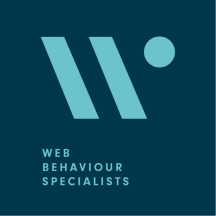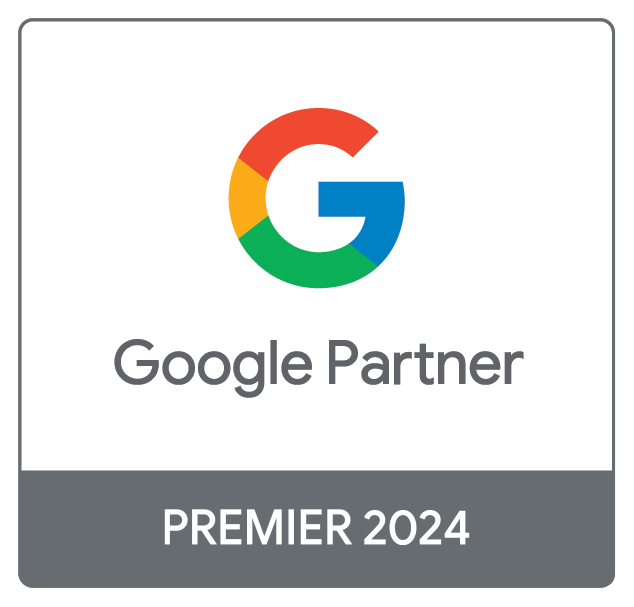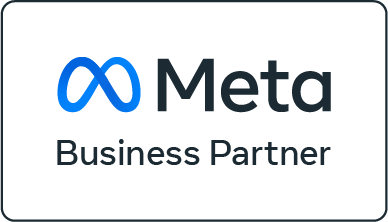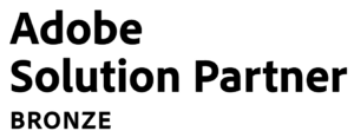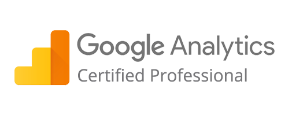Healthcare, like most industries, is going digital and social networks have become an important health resource for both patients and carers as well as healthcare professionals. For example:
- 77% of patients use online reviews to select a physician
- 80% of social media users look for health related information
- 88% of healthcare professionals research, look for information on treatments and changes in the healthcare industry
A social media strategy in the healthcare industry in no longer optional, it’s a requirement. With the right strategy, social media will be a powerful tool to build trust, reach more patients & HCPs and spread valuable medical information.
So how can you use social media to make the biggest impact on your target audience? Check out the 7 most effective social media strategies that will help you achieve success.
Read our case study on Facebook or LinkedIn focused campaigns!
1. Use relevant platforms
Each social media platform has a unique user base. The demographics and interests of people on Twitter and Facebook are different from the ones on LinkedIn. It’s important to understand the type of audience on each network and the overall purpose of the platform in order to choose the best ones for your brand.
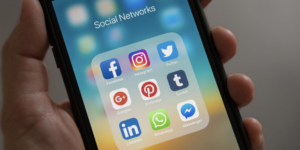 LinkedIn, for example, is clearly a business-oriented social media platform. It’s a great network for healthcare organisations to position themselves as leaders in the industry and to reach healthcare professionals. It’s the best network to post about company news, job postings as well as industry-related content, new product launches or innovations.
LinkedIn, for example, is clearly a business-oriented social media platform. It’s a great network for healthcare organisations to position themselves as leaders in the industry and to reach healthcare professionals. It’s the best network to post about company news, job postings as well as industry-related content, new product launches or innovations.
Facebook on the other hand, is a more personal network where people seek opinions from their family and friends, watch or read real life stories, etc. It’s a great network for healthcare organisations to build personal relationships, share engaging stories, gain positive reviews and reach patients or carers. It’s also a great platform to post videos showcasing patient stories, recoveries or curated content.
When planning out your healthcare social media strategy, don’t forget that you don’t have to manage all social media platforms. Use knowledge/data about your audience and pick the ones that will benefit you the most.
2. Educate and share valuable content
People need a reason to follow and engage with you online. Producing valuable content that educates and informs is the best way to achieve this.
Remember to consider each network’s audience when posting certain types of content and offer your content in various formats.
Patients are constantly searching for health-related information online i.e. diagnosis to aches and pains/illness/etc, so use social media platforms to spread the word about important health and medical issues. Share links to blogs and case studies that might help your patients answer complicated questions about disease prevention and healthcare. Embrace infographics to make complicated health information easier to understand. Share patient stories and product tutorials in video format to increase engagement. Provide relevant and useful content to your audience in ways that inspire and encourage them to take part in wellness and improve their quality of life.
For healthcare professionals, share links to blogs and case studies that might help them provide better support to their patients, share industry news and innovations. Promote any relevant congresses or learning opportunities. Take advantage of video to show product demos or customer testimonials. Use social media listening to learn about their issues and respond with relevant, informative and educational content.
Don’t forget about user-generated content. According to the latest research, 60% of all adults use the Internet to look for information about healthcare providers as well as read reviews. Patient reviews, video testimonials or patient stories are a highly effective way to increase credibility and boost visibility.
Use social media to educate your audience and share valuable content with them. Become a leading source of helpful information for them which will, in turn, increase engagement.
3. Social media listening
Social media listening is the process of gathering data from social media platforms to better understand who is talking about your brand and how they feel. Tracking what’s being said about your brand, by who and in what tone (positive, neutral, negative). This provides both qualitative and quantitative insights into how your brand is perceived as well as the success of your marketing campaigns.
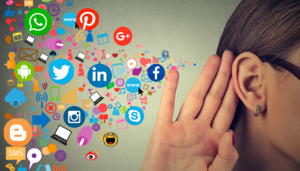 Social media listening should be also used to better understand your competition: key channels/platforms on which your competitors are active, as well as tracking advocates and influencers working with them. It may also help you understand their weak points or why customers might be choosing them over you.
Social media listening should be also used to better understand your competition: key channels/platforms on which your competitors are active, as well as tracking advocates and influencers working with them. It may also help you understand their weak points or why customers might be choosing them over you.
This exercise can also help you monitor any negative comments that can be dealt with as well as any upcoming trends/seasonal issues like upcoming flu. Most importantly you can review what kind of medical content is the most appreciated/engaging to your audience on each social media platform, allowing you to amend your strategy to meet their expectations.
You can base social media listening on your brand name, product names (incl. misspellings), competitor brand names and products, most relevant keywords to your offer, industry buzzwords, names of key people in your organisation as well as your competitors, campaign names or keywords, etc.
4. Influencers
Social media listening can also help you with identifying influencers. While influencers can be effective in any field, they’re especially influential in healthcare.
- 41% of patients say that social media influences their decisions when choosing healthcare providers as well as the way they deal with their health
- Among online health information seekers, 25% tried to find others who might share the same health concerns
- 40% of the online users consulted online reviews or rankings of healthcare services or treatments
- 35% of online users read or watched someone else’s experience about health or medical issues in the past year
Reliable online sources of information usually get more attention and can have a stronger influence on people’s attitudes and behaviours. People value the input of their peers and are much more likely to believe a real person over an organisation. An influencer in the healthcare space can be an advocate, activist, celebrity or an expert and physician.
A credible influencer with a good number of followers (from a few hundred to millions of users) and a relevant content strategy, can be a great advocate for the brand. For example, an active social media user who suffers from diabetes can be successfully approached to call attention to sugar consumption among his/her followers. This influencer can also be used to report their progress in the use of a drug or device. In this case, for example, their experience using a new glucose meter.
5. Use employee advocates
 The essence of influencer marketing involves brands cooperating with people who have authority on social media and blogs to spread positive messages about the company. In many cases, the most knowledgeable people about a brand and the industry in which it operates are the company’s own employees. The concept of employee advocacy recognises this – the best people to advocate on behalf of an organisation are its employees.
The essence of influencer marketing involves brands cooperating with people who have authority on social media and blogs to spread positive messages about the company. In many cases, the most knowledgeable people about a brand and the industry in which it operates are the company’s own employees. The concept of employee advocacy recognises this – the best people to advocate on behalf of an organisation are its employees.
Perhaps more than any other industry, the healthcare sector relies on relationships. Encouraging employee advocates is a great way to bring more humanity to your organisation. Use doctors, nurses or administrative staff to engage with your target audience on social media. Talk about their experience, achievements, post their pictures while helping patients or sharing tips and encourage them to share it to boost your healthcare marketing strategy.
6. Advertise
Social media advertising can be a great strategy to expand your reach, increase engagement, video views or clicks to your website. It’s also a great way to raise awareness of the diseases and available treatment options. Also, encourage patients to book an appointment with you or, for example, promote new product launches in front of healthcare professionals.
Social media targeting allows healthcare organisations to target their ads to the most relevant target audience. Be it patients, carers or healthcare professionals. You can take advantage of information like demographics, interests, behaviours, job titles, skills or company industries. You can be very targeted with your ads and place them in front of the audience that matters most to you.
Don’t forget that any paid social media campaign should have a clear objective and set goals. You can then monitor and measure the main KPIs and evaluate its success.
Read our case study on Facebook or LinkedIn focused campaigns!
7. Remain compliant
The healthcare industry is one of the most heavily regulated industries. Each message has to be scanned and validated before it goes out. This reflects on outbound marketing practices but is even more complex for inbound ones such as content, incl. social media.
 Your organisation should have a social media strategy as well as an online communication policy that aligns with the relevant rules and regulations. You should have a process in place that will make sure any new piece of content/social media post has to go through a validation process in order to ensure that the message is fully in line with current regulations.
Your organisation should have a social media strategy as well as an online communication policy that aligns with the relevant rules and regulations. You should have a process in place that will make sure any new piece of content/social media post has to go through a validation process in order to ensure that the message is fully in line with current regulations.
Of course, you don’t want lawyers writing all your social media posts. But you might want lawyers (or other compliance experts) to review posts before they go live. This is especially true for major announcements or posts that are particularly sensitive.
Don’t forget to keep an eye on comments users leave on your social media posts as these can also create compliance concerns.
Check out Top 6 Digital Marketing Challenges in Healthcare
Even though healthcare marketers have a distinct set of challenges, social media platforms present a great opportunity for the healthcare industry. With such a significant portion of target audiences present on these platforms, we shouldn’t ignore them. Getting active on social media will definitely require the introduction of some internal processes and frameworks to decide e.g. how to manage comments. But as relationships have always been an important part of healthcare marketing strategies. The rise of social media means it’s easier to make a connection with your target audience than ever before. When done correctly, social media marketing can bring great results for healthcare brands.
Get your brand noticed on social media. Contact our team!
